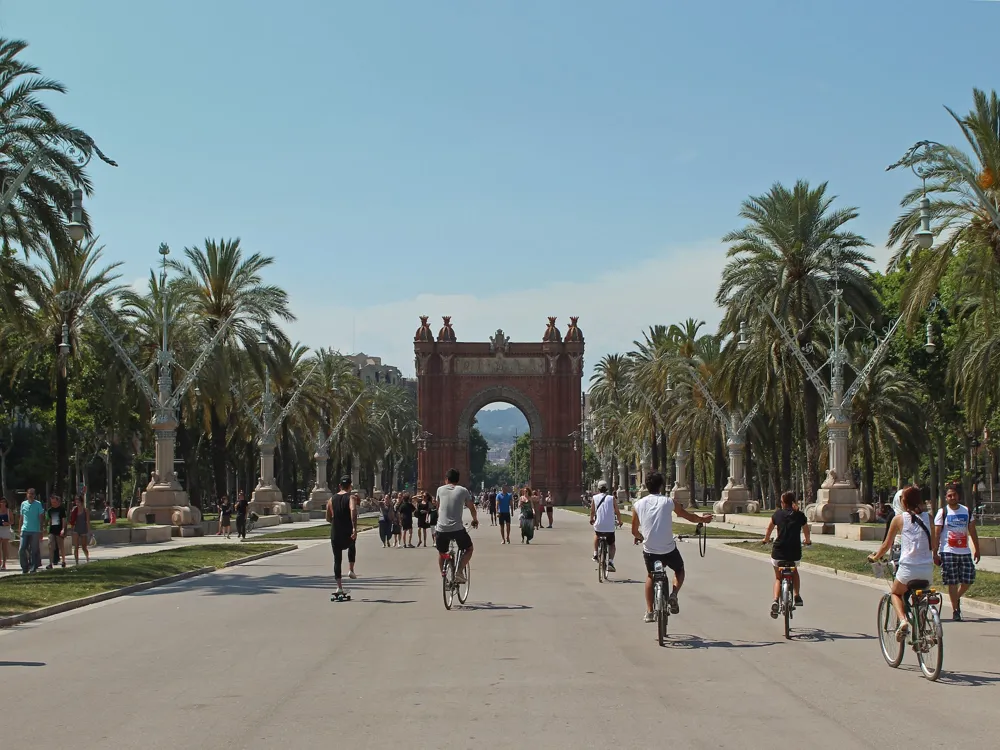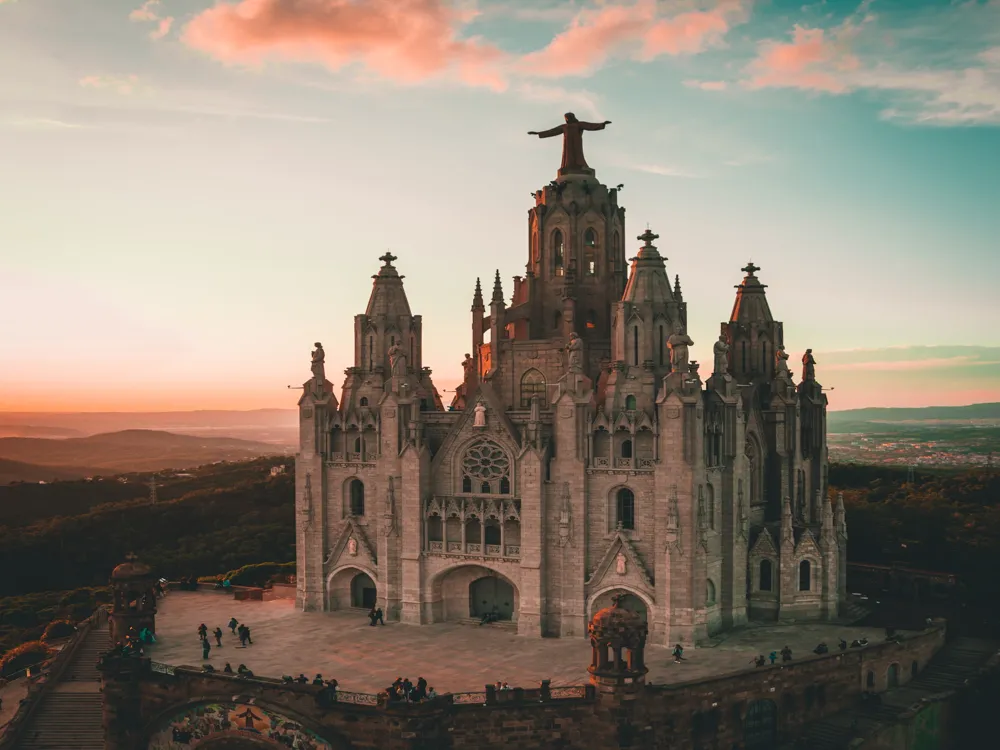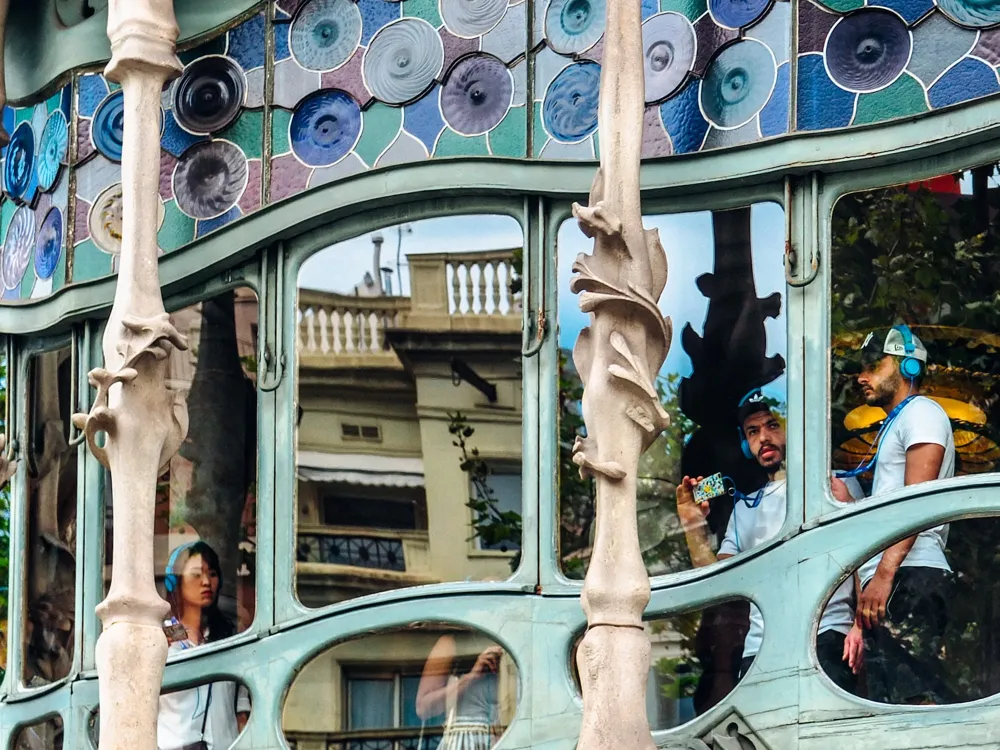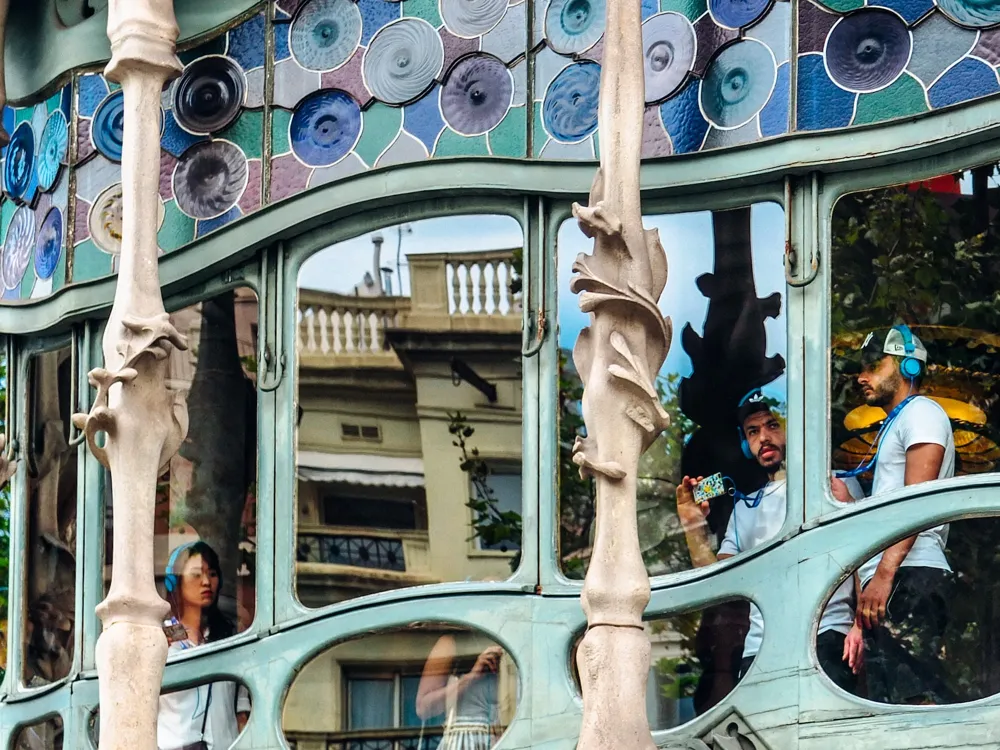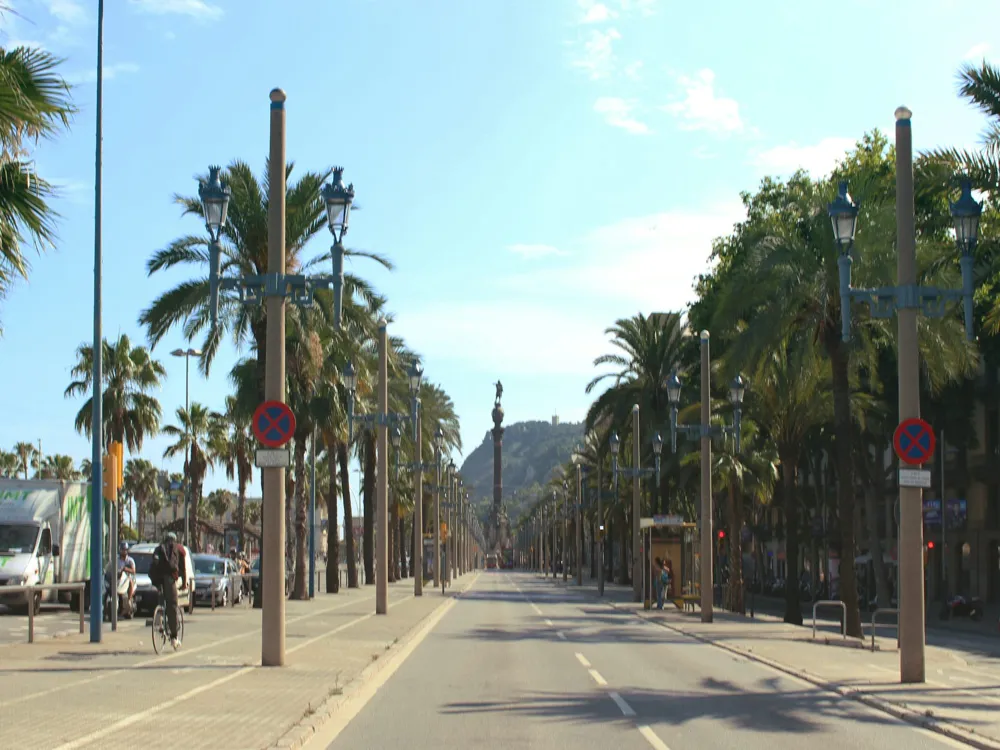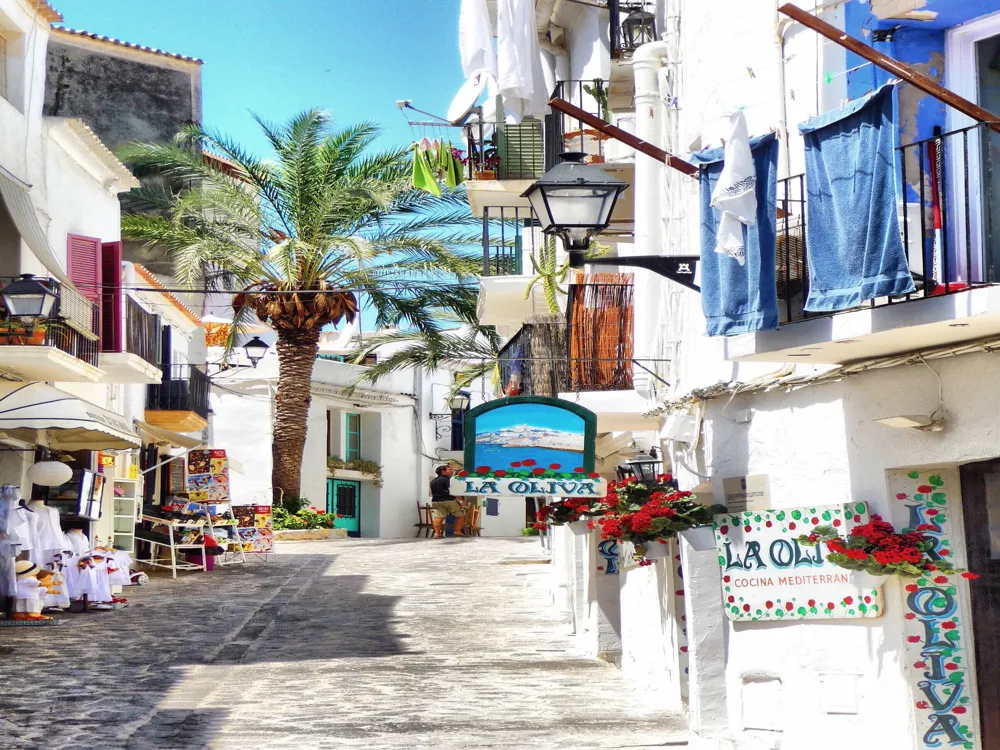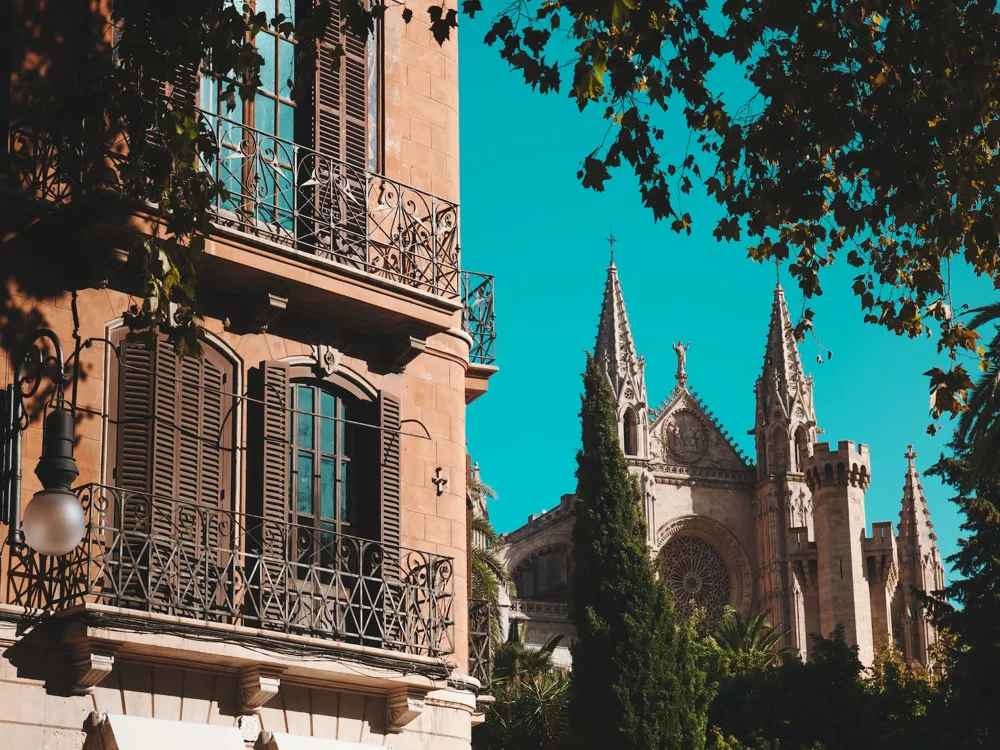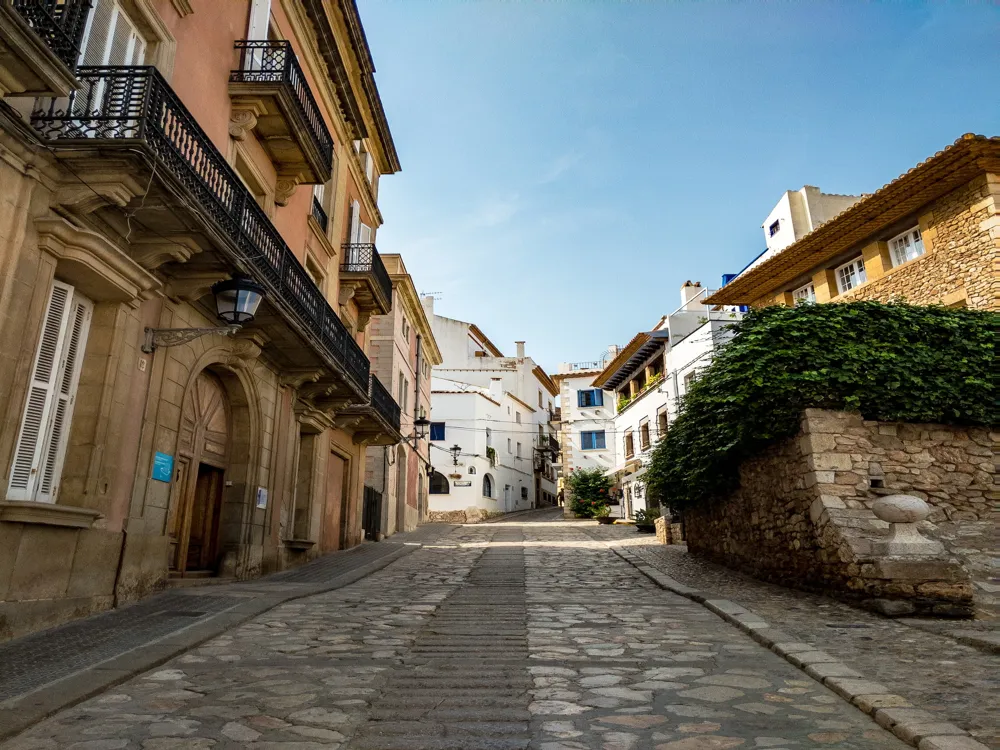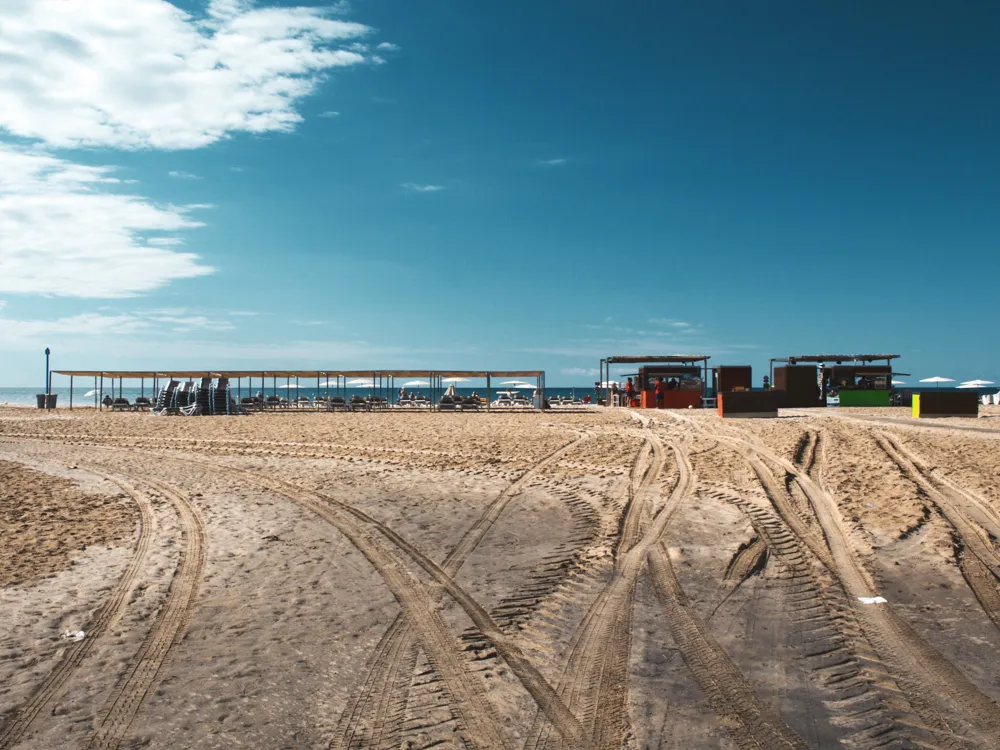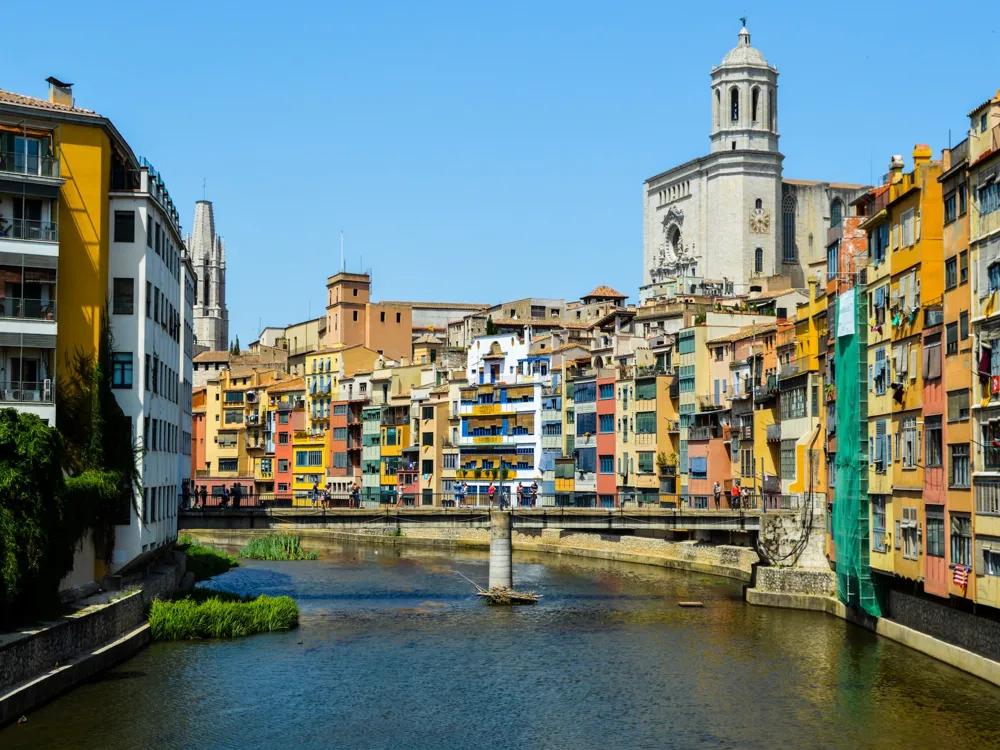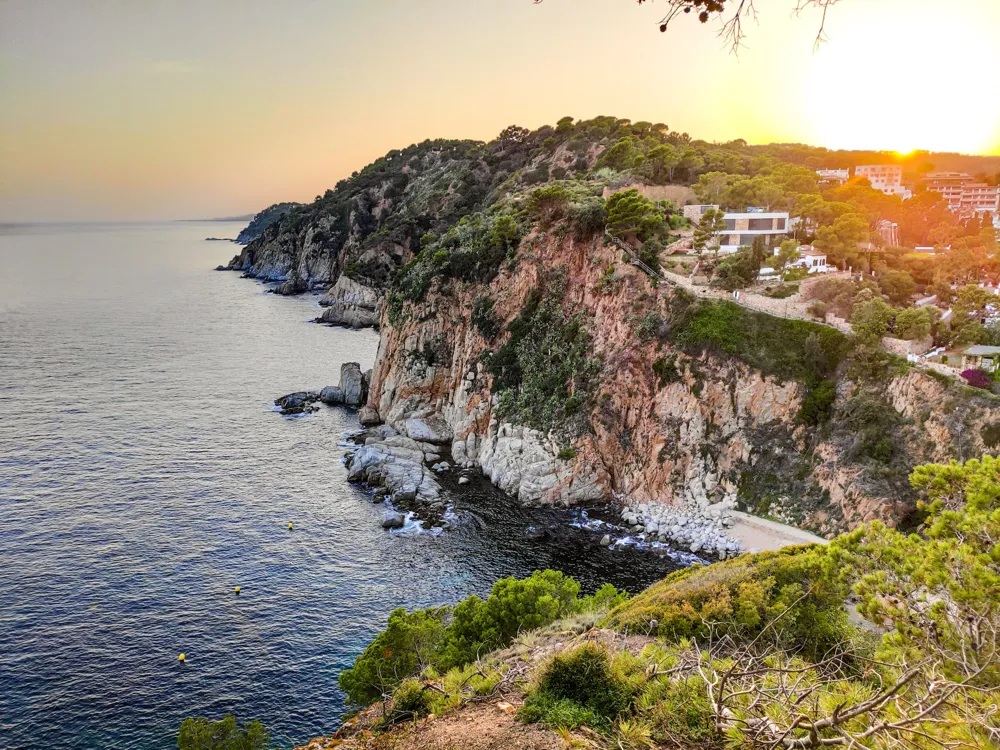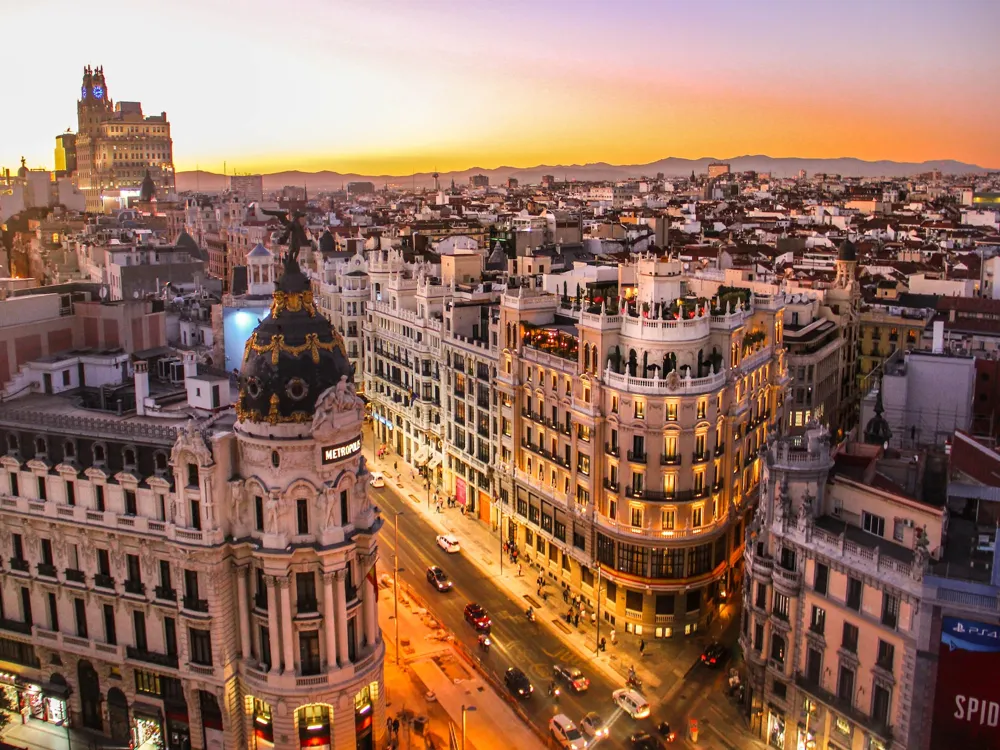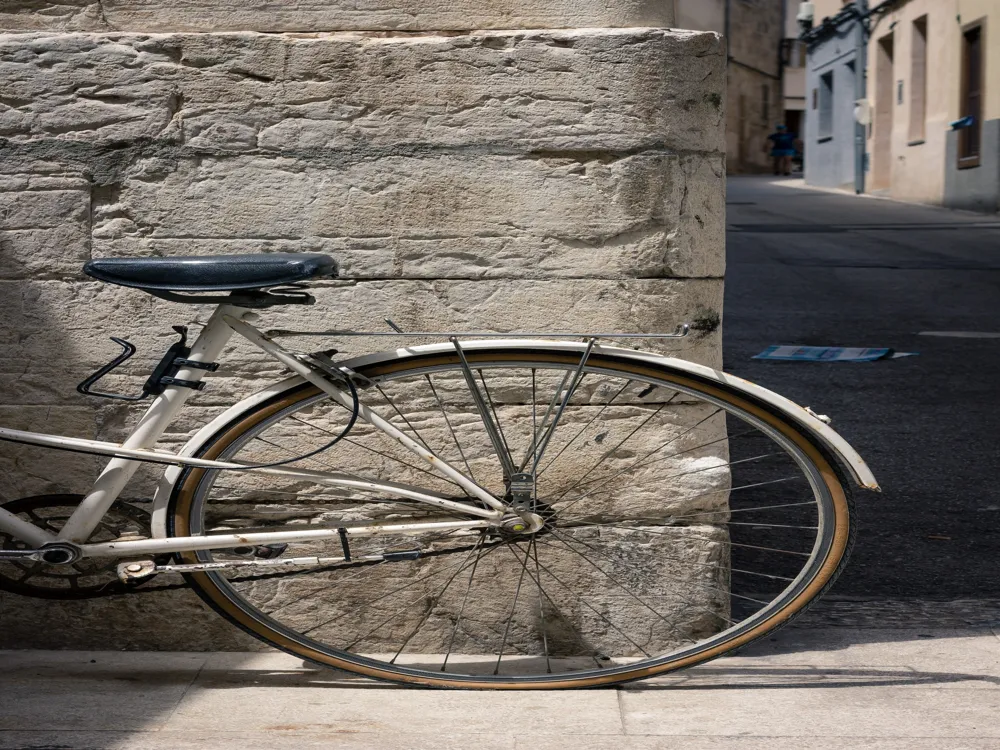Barcelona, the cosmopolitan capital of Spain’s Catalonia region, is renowned for its art, architecture, and vibrant street life. It has a rich history dating back at least 2,000 years when it gained prominence as a Roman town under its old name, Barcino. With its roots deeply embedded in history, Barcelona is a city that lives very much in the present, with a forward-thinking approach in art, culture, and cuisine. Situated on the northeastern coast of the Iberian Peninsula, facing the Mediterranean Sea, it boasts a mild, humid climate, making it an all-year-round destination. The city's enchanting seaside vibe contrasts with its bustling urban life. Barcelona is famous for its UNESCO World Heritage Sites, primarily those designed by the architect Antoni Gaudí, like the Sagrada Família, Casa Batlló, and Park Güell. The city’s Gothic Quarter, with its medieval streets and squares, is home to Barcelona Cathedral and several other historic sites. Barcelona's cultural richness extends to its numerous museums, such as the Picasso Museum and the Joan Miró Foundation. Additionally, it's a city of distinct neighborhoods, each with its unique flavor and rhythm, from the trendy El Born to the colorful and lively La Rambla. Barcelona’s culinary scene is as diverse as its culture. From traditional Catalan dishes to innovative fusion cuisine, the city's restaurants offer a plethora of choices for every palate. The markets of Barcelona, like the famous La Boqueria, provide a glimpse into the city's heart through their vibrant stalls and fresh produce. For those who seek nightlife, Barcelona's bars and clubs in areas like El Raval and El Born offer some of the most dynamic scenes in Europe. Sport, particularly football, is a passion in Barcelona. Home to the world-famous FC Barcelona, the city reverberates with the energy of football fans, especially during match days at Camp Nou, the largest stadium in Europe. The city also hosted the 1992 Summer Olympics, which brought significant change and modernization. Barcelona's blend of cultural treasures, architectural wonders, vibrant streets, and Mediterranean charm makes it a unique, must-visit destination, offering something for everyone. Whether you're a history buff, art enthusiast, beach lover, or culinary connoisseur, Barcelona promises an unforgettable experience. Barcelona's architecture is a dazzling blend of old and new, reflecting the city's spirit throughout the centuries. From Roman relics to modernist masterpieces, the city is an open-air museum of architectural styles. The Gothic Quarter is the heart of old Barcelona, where medieval buildings rub shoulders with Roman ruins. The narrow, winding streets open into hidden squares adorned with Gothic structures like the Barcelona Cathedral, known for its magnificent façade and cloister. Barcelona is most famous for its Modernista architecture, a style characterized by rich decoration and detail, vibrant colors, and textured materials. This movement was led by Antoni Gaudí, whose works have become synonymous with the city. Gaudí's most famous work, the Sagrada Família, is a basilica with a history that spans over a century and remains under construction, symbolizing the enduring spirit of Barcelona. His other works include Casa Batlló and Casa Milà (La Pedrera), each unique with their whimsical designs and organic forms. Beyond Gaudí, architects like Lluís Domènech i Montaner and Josep Puig i Cadafalch also contributed significantly to Barcelona’s cityscape. Palau de la Música Catalana and Hospital de Sant Pau are some of the stunning contributions by Montaner. The Eixample district, planned by Ildefons Cerdà, is noted for its grid pattern, wide avenues, and octagonal blocks, providing a unique urban experience. In recent decades, Barcelona has embraced contemporary architecture. The Torre Glòries, designed by Jean Nouvel, and the W Barcelona hotel, shaped like a sail and designed by Ricardo Bofill, are modern landmarks that have reshaped the city's skyline. These modern structures coexist with the historical, creating a landscape that is diverse and dynamic, much like the city itself. Barcelona’s commitment to architectural innovation extends to public spaces. Parks like Park Güell, originally designed by Gaudí, and the newer Diagonal Mar Park, reflect the city's vision of integrating green spaces into urban life. This fusion of the historical and the contemporary, the natural and the urban, makes Barcelona’s architecture not just visually stunning but also socially and culturally significant. Barcelona is beautiful year-round, but the best time to visit is from May to June when the weather is warm, and the tourist crowds are smaller. September to October is also a good time, offering pleasant temperatures and fewer tourists. Avoid August, as it’s the peak tourist season and many locals close shop for vacation. Barcelona has an efficient public transportation system, including metros, buses, and trams. Purchase a T-10 ticket for multiple trips, which is more economical. For a unique experience, try the hop-on-hop-off tourist buses. Walking is also a great way to explore the city's neighborhoods and architectural wonders. Don’t miss trying local Catalan cuisine. Tapas, paella, and seafood dishes are a must-try. Explore local markets like La Boqueria for fresh produce and street food. Remember, dinner time in Spain is late, usually around 9 PM or later. Respect local customs. Greetings are usually warm and include a handshake or cheek kisses. Learn a few basic phrases in Catalan or Spanish; it’s greatly appreciated by locals. Dress appropriately when visiting religious sites. Barcelona is generally safe, but like any major city, it has petty crime. Be vigilant of your belongings, especially in crowded places like La Rambla. It’s advisable to carry a copy of your passport and leave the original in a safe place. Barcelona is well-connected and easily accessible from anywhere in the world. The Barcelona-El Prat Airport, located 12 km from the city center, is the main gateway for international tourists and offers numerous flights to various destinations. High-speed trains, such as the AVE, connect Barcelona with major Spanish cities like Madrid and Valencia. The city is also well-connected by road, with a network of highways and bus services linking it to other parts of Spain and Europe. For those traveling by sea, the Port of Barcelona is one of the busiest in the Mediterranean, serving both cruise ships and ferries. Upon arrival, public transport, taxis, and rental services are readily available for convenient travel within the city.Overview of Barcelona
Architecture of Barcelona
Tips When Visiting Barcelona
Best Time to Visit
Getting Around
Local Cuisine
Cultural Etiquette
Safety Tips
How To Reach Barcelona
Temple of the Sacred Heart of Jesus Barcelona
Barcelona
₹ 35,693 onwards
View barcelona Packages
Weather :
Tags : Church & Cathedral
Timings : November to February - 11:00 AM - 6:00 PM
March, April, May, and October - 11:00 AM - 6:00 PM
June to September - 11:00 AM - 8:00 PM
The Crypt is open from 8 am to 8:15 pm
Time Required : 2-3 hours
Entry Fee : No General Entry Fee
Entry Fee to Observation Deck - EUR 3
Planning a Trip? Ask Your Question
Also Refered As:
Sagrat Cor
Barcelona Travel Packages
View All Packages For Barcelona
Top Hotel Collections for Barcelona

Private Pool

Luxury Hotels

5-Star Hotels

Pet Friendly
Top Hotels Near Barcelona
Other Top Ranking Places In Barcelona
View All Places To Visit In barcelona
View barcelona Packages
Weather :
Tags : Church & Cathedral
Timings : November to February - 11:00 AM - 6:00 PM
March, April, May, and October - 11:00 AM - 6:00 PM
June to September - 11:00 AM - 8:00 PM
The Crypt is open from 8 am to 8:15 pm
Time Required : 2-3 hours
Entry Fee : No General Entry Fee
Entry Fee to Observation Deck - EUR 3
Planning a Trip? Ask Your Question
Also Refered As:
Sagrat Cor
Barcelona Travel Packages
View All Packages For Barcelona
Top Hotel Collections for Barcelona

Private Pool

Luxury Hotels

5-Star Hotels

Pet Friendly







